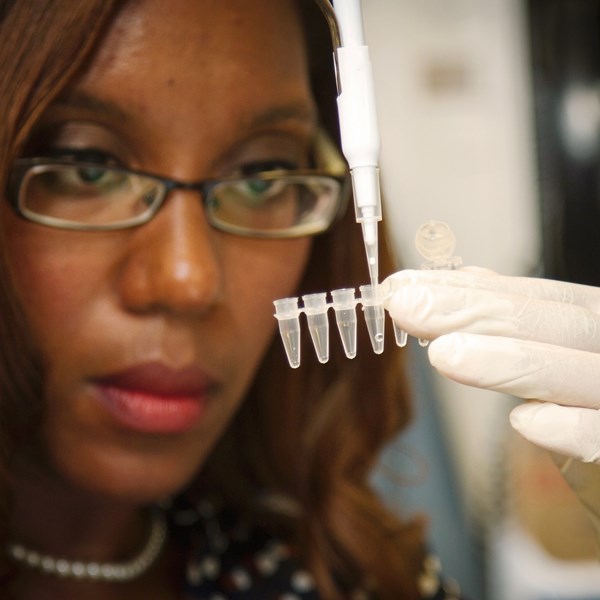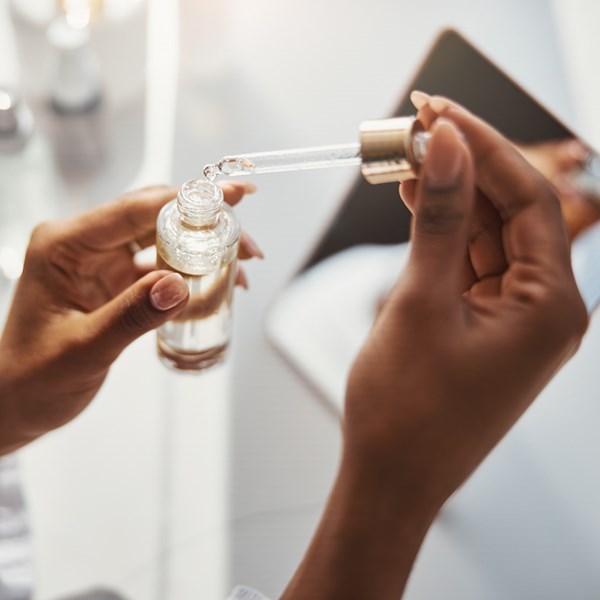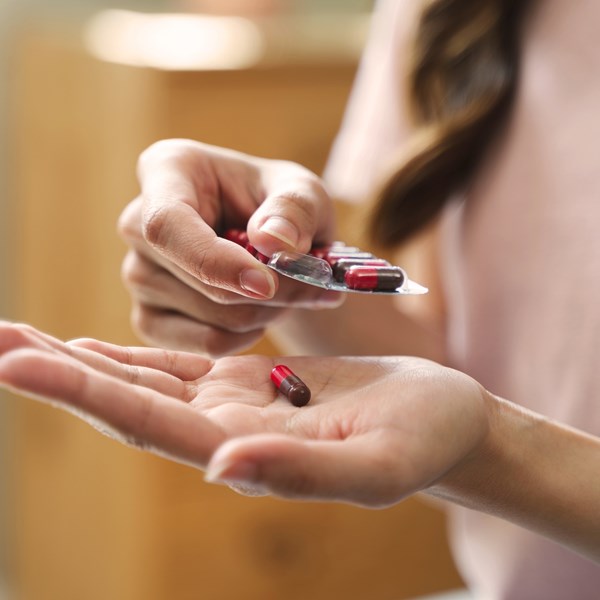On 25 July 2018, the Court of Justice of the European Union (CJEU) handed down a judgment in Teva v Gilead (C-121/17) concerning Supplementary Protection Certificates (SPCs) and, in particular, what determines whether a product comprising a combination of active ingredients is "protected by a basic patent".
The Court ruled that "from the point of view of a person skilled in the art and on the basis of the prior art at the filing date or priority date of the basic patent", (i) the combination itself must "fall under the invention" and (ii) each of the active ingredients must be "specifically identifiable".
The judgment is of major relevance to all combination SPCs. It will probably make it more difficult to obtain an SPC for some combination products, and also open up additional opportunities for invalidation of third party SPCs.
BACKGROUND
SPCs provide additional protection, beyond patent expiry, for products (medicinal or plant protection) that require a marketing authorisation (MA).
A central requirement for the grant of an SPC is that the Product (i.e. the active ingredient or combination of active ingredients of a medicinal or plant protection product) must be “protected by a basic patent in force” (see Article 3(a) of the SPC Regulation, EC 469/2009).
The meaning of “protected” has been the subject of several cases before the CJEU, most recently in Medeva (C-322/10), Actavis (C-443/12) and Lilly (C-493/12).
In the present case, Gilead Sciences Inc. obtained an SPC covering their anti-retroviral/anti-HIV combination product containing tenofovir disoproxil and emtricitabine, marketed as TRUVADA®. However, the basic patent (EP 0915894) on which the SPC was based made no reference to emtricitabine, and the only relevant claim recited:
"27. A pharmaceutical composition comprising a compound according to any one of claims 1-25 [of which Claim 25 recites tenofovir disoproxil] together with a pharmaceutically acceptable carrier and optionally other therapeutic ingredients."
In the referring UK court case at the High Court ([2017] EWHC 13 (Pat)), Teva UK Limited and others challenged the validity of Gilead's SPC, asserting that the combination was not "protected by a basic patent" (Art. 3(a)) because emtricitabine is not specified in the wording of Claim 27 and the term "other therapeutic ingredients" does not specify any active ingredient structurally, functionally or otherwise. In contrast, Gilead argued that the product in question falls within the extent of protection of Claim 27 and that the term "other therapeutic ingredients" relates "implicitly but necessarily" to emtricitabine.
DECISION OF THE CJEU
In the context of combination products, the CJEU has now provided a two‑pronged test for Article 3(a), as follows:
"Article 3(a)... must be interpreted as meaning that a product composed of several active ingredients with a combined effect is 'protected by a patent in force' within the meaning of that provision where, even if the combination of active ingredients of which that product is composed is not expressly mentioned in the claims of the basic patent, those claims relate necessarily and specifically to that combination.
For that purpose, from the point of view of a person skilled in the art and on the basis of the prior art at the filing date or priority date of the basic patent:
a) the combination of those active ingredients must necessarily, in the light of the description and drawings of that patent, fall under the invention covered by that patent, and
b) each of those active ingredients must be specifically identifiable, in the light of all the information disclosed by that patent". The judgment makes it clear that, when assessing whether the claims "relate necessarily and specifically" to a combination product, not only must the claims be used, but also the description and drawings, viewed in light of the prior art and general knowledge of the person skilled in the art.
It is now up to the UK Court to decide, on the specific facts of the case, whether the combination of tenofovir disoproxil and emtricitabine satisfies these criteria.
COMMENTARY
By its judgment, the CJEU has made it clear that combination products must satisfy two criteria for them to be considered "protected" by the basic patent. We take each in turn below.
Criterion [a] – "the combination... must... fall under the invention"
The court did not explicitly define the meaning of the criterion "fall under the invention", but it appears that the combination per se must be the focus of the patent. Support for this can be drawn from paragraph 48 of the judgment, which states that it is necessary for the skilled person to understand whether "the product to which the claims of the basic patent relate is a specification required for the solution of the technical problem disclosed by that patent". Thus, if the presence of 'B' is optional in the claims alongside 'A', then the specification 'A + B' is arguably not required for the solution of the technical problem.
In particular, it seems that the intention is to ensure that the reward of the SPC is strictly aligned to the invention of the patent whose commercial exploitation has been delayed. Thus, if the invention of the patent is solely focussed on a single active ingredient 'A', the court appears to believe that an SPC to 'A' provides sufficient supplementary protection (when considering infringement of the SPC) as it can be used to oppose any marketing of any medicinal product containing 'A', either alone or in combination with other active ingredients (e.g. 'A + B'). Of course, it may be possible for 'A + B' to be considered a focus of the patent in addition to 'A' alone, for example, if 'A + B' represents a second invention. However, the court was silent on this.
In ruling this way, the court has ruled in line with its earlier ruling in Actavis v Sanofi (C‑443/12), where the CJEU held that the basic objective of the SPC Regulation was not met by granting a further SPC for a combination product (in addition to an SPC for a single active ingredient 'A') where the combination of active ingredients ('A + B') does not represent the core inventive advance. The court now takes this a step further by applying the requirement to all combination products, i.e. regardless of whether an earlier SPC has been obtained for a single active ingredient within the combination.
Criterion [b] – "each of those active ingredients must be specifically identifiable" as of the filing/priority date
Again, the court did not explicitly define the meaning of the criterion "specifically identifiable". It seems fairly clear from the ruling statement itself that "specifically identifiable" does not require all of the active ingredients to be expressly written out in the claim, or even in the description and drawings (because account can be taken of the prior art when determining the skilled person's understanding of the claim), but we are left with scant guidance on just how specific the identification needs to be.
Interpreting the test narrowly, it seems safe to assume that active ingredients are "specifically identifiable" in the claims if the skilled person as of the filing or priority date has actual knowledge of them, because either (1) all of the active ingredients are expressly written out in the description or drawings, or (2) the claim recites, for example, a genus (e.g. a diuretic), and the description provides a non-exhaustive list of examples of that genus that the skilled person could supplement with other known examples of that genus including the active ingredient(s) in question from the prior art and his general knowledge.
At the other extreme, the court appears to have ruled out a broad interpretation of the test that would allow active ingredients to be "specifically identifiable" where at least one of them is not known at the priority date but is the result of a future invention (or the result of other non-routine research activity), regardless of whether this falls within the inventive advance or focus of the basic patent.
The court did not explain whether the test would read on to what the skilled person would identify by routine means, nor indeed what might be considered routine.
In any case, it appears that patent applicants will need to make sure that they have provided clear and thorough explanations of how appropriate compounds can be considered "specifically identifiable" in order to stand the best chance of satisfying the requirements of criterion [b], even in situations where the precise identity of one or more of the active ingredients has not been finalised as of the priority date.
CONCLUSION
The CJEU's judgment makes the test for "protected by a basic patent" more stringent for combination SPCs, and it is likely that innovators applying for SPCs for combination products will now require evidence and explanations of how and why the skilled person would consider both criteria [a] and [b] to be satisfied. In particular, applicants will need to show how the combination "falls under the invention" of the patent, and how each active ingredient of the combination would be "specifically identifiable" to the skilled person. The test would also appear to be more onerous for national patent offices in checking that the two criteria are met.
On the flip side, the judgment probably opens up new opportunities for generics companies and other competitors to challenge the validity of SPCs to combination products. The use of two criteria now makes it possible to invalidate an SPC on the basis of either criterion, giving two possible bites at the cherry.
We eagerly await judgment in two further references that are pending before the CJEU, which focus on what constitutes “protected by a basic patent” in the context of single active ingredients (Royalty Pharma (C‑650/17) and Sandoz v Searle (C-114/18)). More updates will follow in due course.
If you are interested in filing or challenging SPCs, particularly where the patents in question relate to a combination of active ingredients or simply require any further information, please contact Michael Pears of our SPC and Regulatory group.






